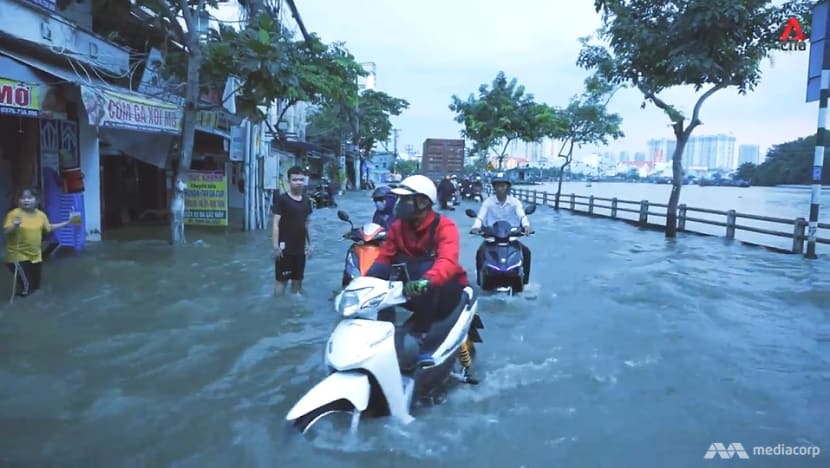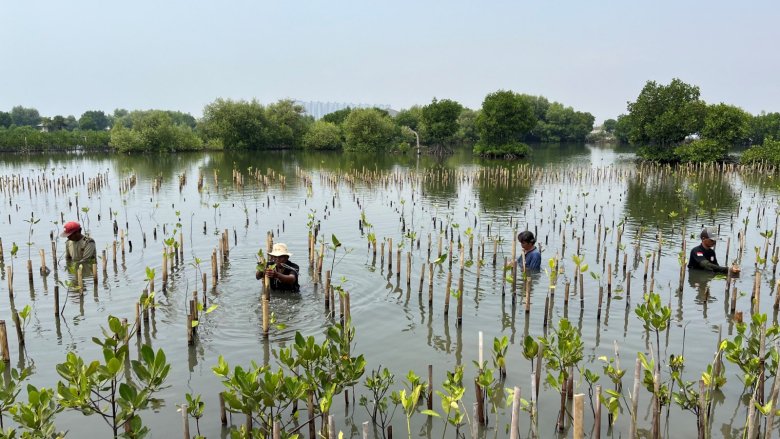Southeast Asia is no stranger to climate-related challenges. From devastating typhoons to prolonged droughts, the region is particularly vulnerable to the effects of climate change.
These events not only endanger lives but also threaten food security, health, livelihoods, and overall economic development. As climate risks intensify, the need to build resilience is not just necessary but urgent, demanding immediate action.
Understanding Climate Resilience
Climate resilience is the ability to anticipate, prepare for, and respond to hazardous events, trends, or disruptions related to climate. In Southeast Asia, this means strengthening the capacity of governments, communities, and ecosystems to adapt and recover from climate-related stresses.
Investing in resilience can reduce future losses and protect hard-earned development gains. According to the Global Commission on Adaptation, every $1 invested in adaptation can yield up to $10 in net economic benefits, offering a promising return on investment.
Key Climate Risks in Southeast Asia
Southeast Asia faces a wide range of climate-related threats:

- Rising sea levels: Threaten low-lying coastal cities and communities,
including major urban centres like Jakarta, Bangkok, and Ho Chi Minh City. - Intensifying storms and floods: Typhoons and monsoons are becoming more intense and unpredictable, causing widespread damage and displacing millions.
- Droughts and water scarcity affect agriculture and energy production, particularly in the Mekong River Basin.
- Heatwaves and health risks: Rising temperatures increase the risk of heat-related illnesses and vector-borne diseases like dengue and malaria.
- Biodiversity loss and ecosystem degradation: Climate change threatens the region’s rich biodiversity, impacting livelihoods dependent on natural resources.

Current Efforts and Gaps
Southeast Asian governments have made strides in climate adaptation, including national adaptation plans, early warning systems, and climate-resilient infrastructure. However, key gaps remain:
- Limited financing: There is a significant shortfall in adaptation finance. Most climate finance still goes towards mitigation.
- Data and knowledge gaps: Many countries lack reliable climate data and vulnerability assessments.
- Capacity constraints: Local governments and communities often lack the technical expertise to implement effective adaptation measures.
- Policy coordination: Climate resilience efforts are often fragmented across sectors and levels of government.
Opportunities for Action
To strengthen climate resilience, Southeast Asia countries can prioritise the following actions:
- Mainstream adaptation into development planning: Climate resilience should be integrated into national and local development strategies, infrastructure planning, and budgeting.
- Increase adaptation finance: Public and private investments in adaptation need to grow substantially. Innovative financing mechanisms such as green bonds, insurance schemes, and blended finance can play a role.
- Empower local communities: Community-based adaptation, driven by local knowledge and needs, is often the most effective. Women, indigenous peoples, and other vulnerable groups must be at the centre of planning.
- Enhance regional cooperation: Climate risks do not respect borders. Southeast Asian countries can benefit from sharing knowledge, coordinating policies, and investing in regional early warning systems.
- Invest in nature-based solutions: Restoring mangroves, protecting forests, and improving watershed management can offer cost-effective protection from climate impacts while supporting biodiversity.

Conclusion
The window for building climate resilience in Southeast Asia is narrowing. The region must act now to prepare for the future. By investing in adaptation today, Southeast Asia can safeguard lives, protect its development gains, and build a more sustainable, resilient future for future generations.


















